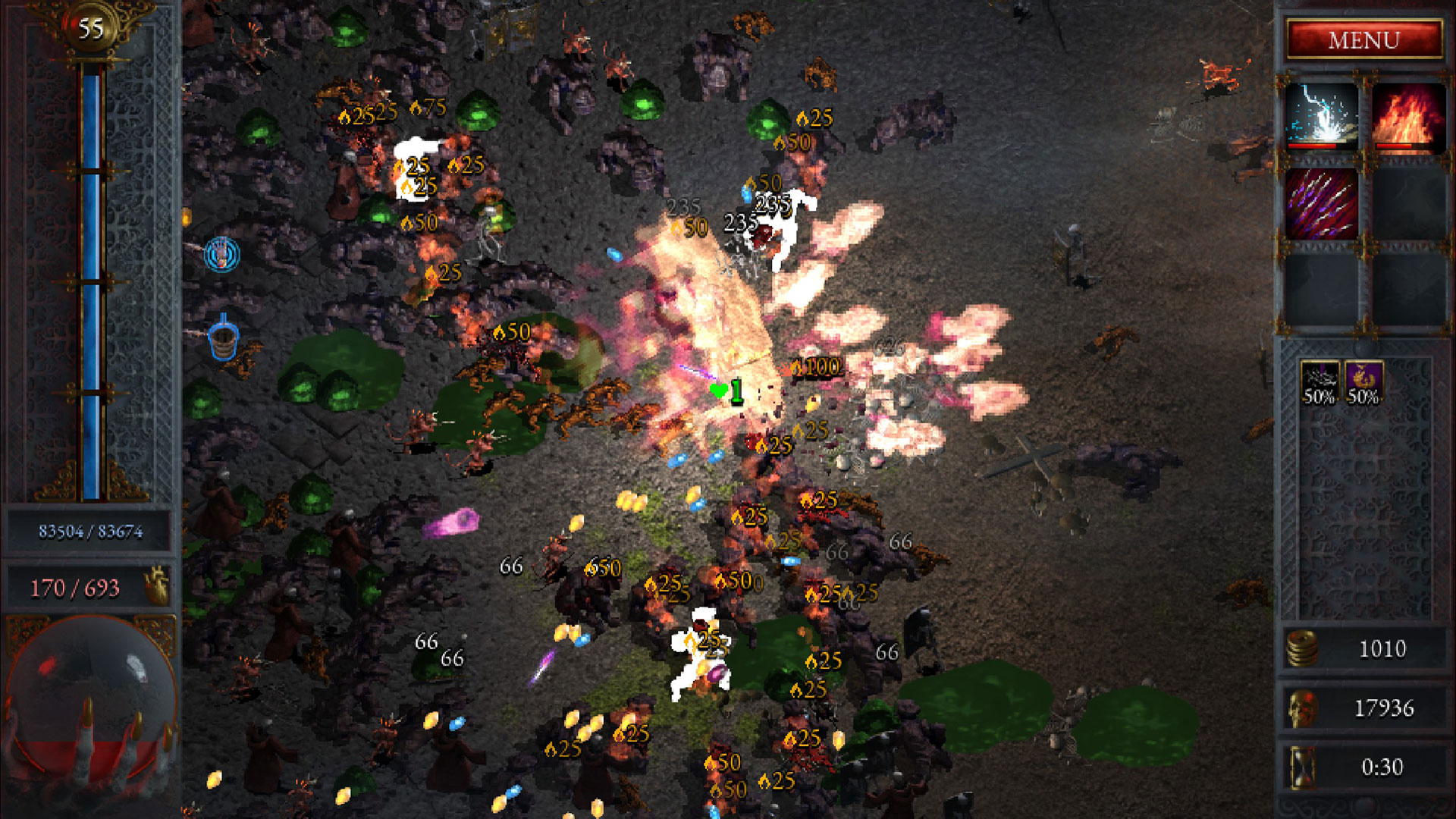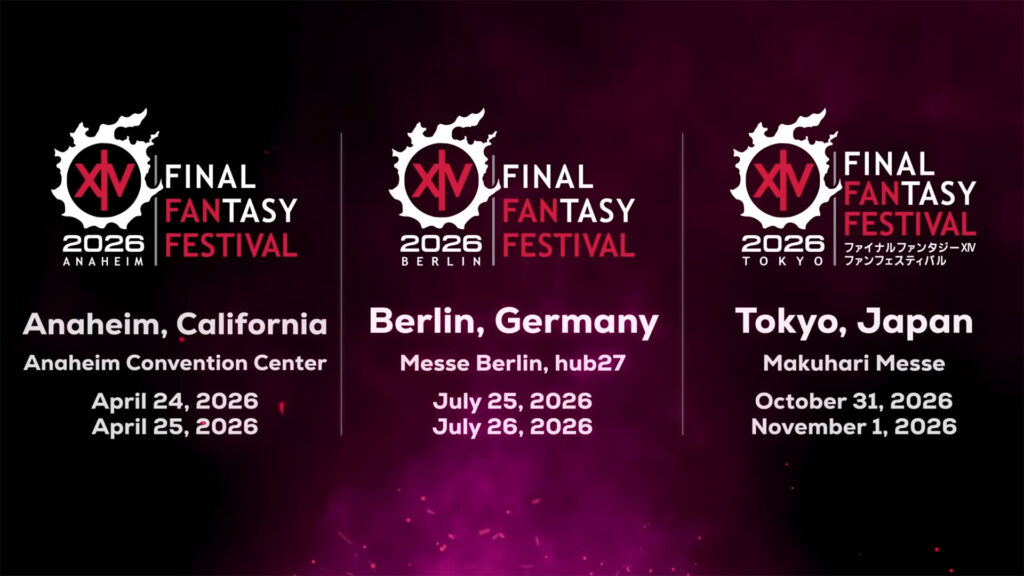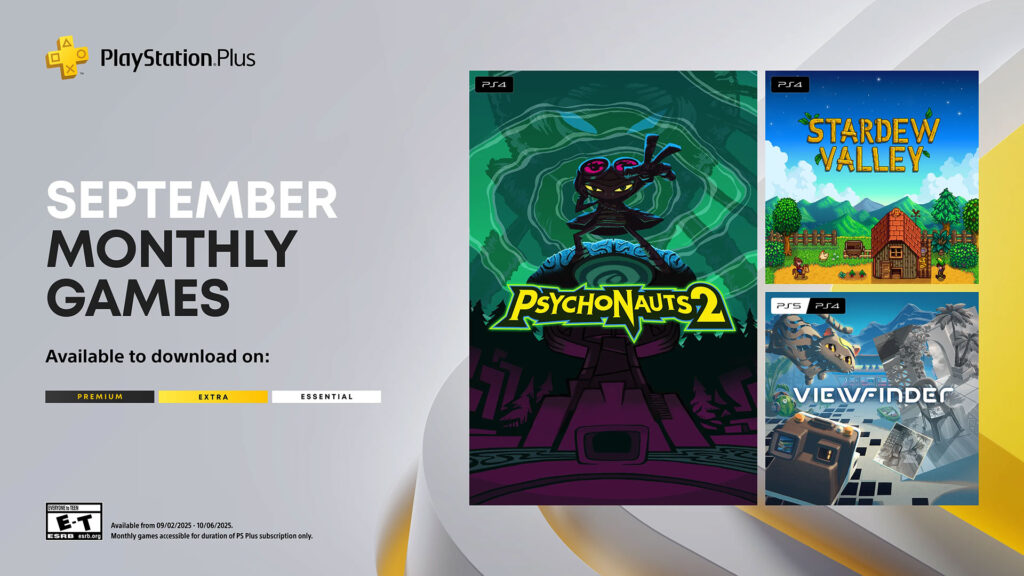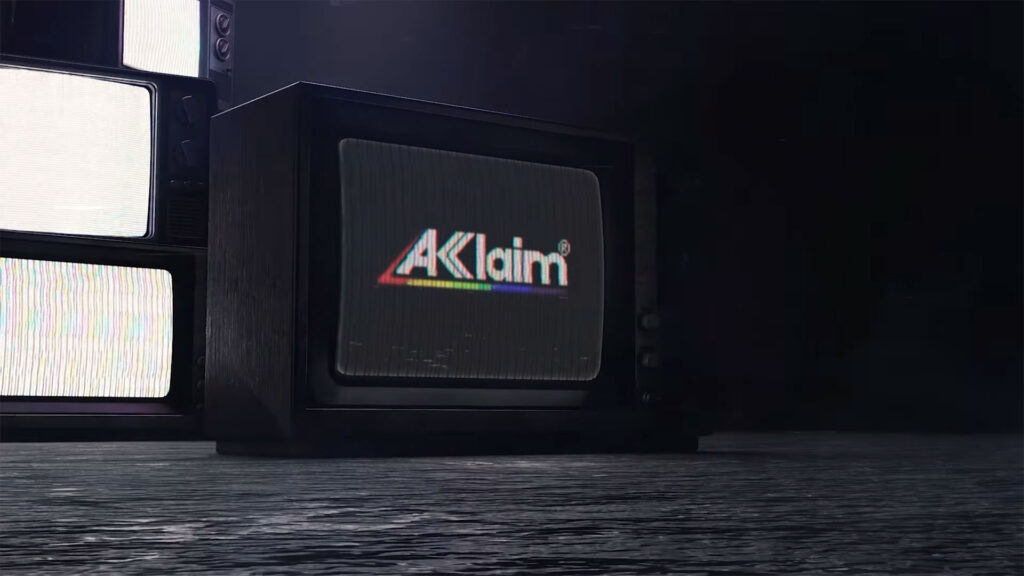In May 2023, Halls of Torment launched into Early Access and quickly became one of my favorite games of the year. As an entry in the ever-growing “survivor-like” genre, I found Halls of Torment’s retro aesthetics and clever design to be the most engaging of the dozen or so survivor-likes I played last year. It became my go-to game each time I picked up my Steam Deck, and I was thrilled to learn the game is exiting Early Access on September 24. The 1.0 launch will include several new features and content, such as the final main stage of the game and the Shrine of Torment for additional challenges, along with shorter game modes, more enemies, traps, and, of course, loot.
In anticipation of the game’s release, the team at Chasing Carrots generously took the time to answer a series of questions from us via email. You can read the interview in its entirety below. We want to thank Chasing Carrots for providing such detailed and comprehensive answers, giving us an inside look at the development of Halls of Torment and its future.
FullCleared: Halls of Torment isn’t your first game. How did your experience from previous projects influence the development of Halls of Torment?
Chasing Carrots: The biggest takeaway from our previous game Good Company was how to scope and scale our projects and how to manage our risks. Good Company took us five years to make and consequently was the most expensive project in the history of our company. This puts a lot of demand on the money the game has to make in order to return its costs. We’ve learned from that and approached Halls of Torment as a much smaller game with a very short initial production time frame. We gave ourselves six months to create a demo that’s representative of how the final game would look like. The demo was so popular among our players that we knew we were on the safe side if we added another six months for more content and released a paid version.
FC: For those of us who are older gamers, we can recognize the inspiration behind Halls of Torment’s aesthetic. But for those who can’t, can you share more about the inspiration behind the game’s look?
CC: The biggest visual inspirations for Halls of Torment were the first two Diablo titles from the late 90s / early 2000s. Those were isometric 2d games with gorgeous pre-rendered sprites. A lot of RPGs shared this aesthetic in that era. Other examples that come to mind are Arcanum, Nox, Fallout, or the Baldur’s Gate games. We haven’t seen many other games trying to emulate that look, so we thought it could be something we could make our game stand out with.
FC: What were some of the core mechanics you knew you wanted to include from the start, and how did they evolve during development?
CC: We knew we wanted equipable items in the game with different stats and modifiers and interesting synergies to figure out. It’s kind of a staple of ARPGs and we think it fits well in the survivor-like subgenre. The other important thing was the moment-to-moment gameplay. It was important to us to follow certain rules derived from vertical-scrolling shooter arcade games (think DonPachi, Raiden, Crimzon Clover). Not in terms of difficulty, of course, but there are some important principles like the player should always stay in direct control of the character and be able to move in a precise manner. We never unnecessarily impede the player’s movement and hit boxes are sized in the player’s favor.
FC: Many praise the game’s difficulty curve for its balance. How did you manage to maintain that balance?
CC: Balancing is hard and a lot of time and effort went into it on Halls of Torment. In very simplified terms, it’s playing our own game a lot and making a ton of gut decisions based on our observations. We have a lot of spreadsheets lying about that we use to plan how different progressions should play out and that tell us how we should tweak certain values to arrive at a desired outcome. There are a lot of factors to keep in mind and sometimes it’s hard to pinpoint how a certain part of the game should feel like. That’s where we listen to our community and read a lot of comments to get hold of the current sentiments regarding the balancing.
FC: Were there any creative risks you took with Halls of Torment that you weren’t sure would work but ended up being well-received?
CC: We’ve tried to minimize risks with Halls of Torment as much as we could. But if we talk about creative risks, I think the biggest one was to go with a low-fi pre-rendered look without exactly knowing how people would receive it, especially younger players who might not have seen the early Diablo games. But that also was a calculated risk. We assumed there would be an overlap between survivor-like players and fans of the ARPG genre, and it turned out that we were right.
FC: What challenges did you face in keeping the game engaging for repeat playthroughs without making it feel too repetitive?
CC: We made sure there’s always something new to discover or to try out. There are plenty of quests that ask the player to achieve specific things. Sometimes they require a little bit of lateral thinking when it comes to planning your build. Those quests unlock new content that open up new possibilities. And we have a cast of 11 characters that not only have their unique starting weapons but also differ by how their stats scale and what upgrades they get on each level up. We’ve tried to add this sort of variation every step of the way to give the player good reasons for playing another round.

The Chasing Carrots team (from left to right): Patrick Wachowiak (co-founder), Dominik Schneider (co-founder), Mara Mehlitz (producer), Daniel Karner (3D artist), Josef Vorbeck (Carrots alumni, former producer), Lukas Schmidt (intern), and Paul Lawitzki (game designer)
FC: Were there any major challenges or roadblocks during development that you’re willing to share? How did you overcome them?
CC: As the game grew during development, we’ve had increasingly more stuff happening on the screen, like thousands of sprites being generated and moved across the map. Initially this led to major slowdowns and the game became unplayable at some point. We’ve hit a performance wall. But thankfully we were able to deal with it. One important factor was that Godot, the engine we use for the game, is open source and we were able to do a lot of performance optimizations, like moving the most calculation heavy parts of our game to C++, or running some of the code in separate threads.
FC: Would you mind sharing more insights on why you chose Godot as your engine?
CC: We’ve used a couple of different commercial engines in previous projects and that’s how we’ve learned the importance of technological independence. In the past there were multiple situations in which we were unable to work around technical issues because of restrictions in the technology we used. Or the engine provider changed a license, or deprecated a feature that we relied on without a proper replacement. There were lots of pain points that piled up over time and increased in annoyance. At some point we were even considering implementing our own framework for future games but ultimately we didn’t have the time and resources to do so. Eventually we’ve discovered the open source engine Godot. We’ve tried it during various game jams and grew increasingly fond of it. When we decided to make Halls of Torment, it felt very natural to us to do it in Godot.
FC: How did player feedback influence the game’s updates during the Early Access period? Were there any specific suggestions from the community that stood out to you that helped shape the final product?
CC: Player feedback was very important. It’s what drove most of the decision making in areas that were difficult for us to figure out. Things like balancing and quality of life features were strongly influenced by what players commented on during the Early Access period. And bug reports from the community were an invaluable source of information for us in order to maintain a certain level of quality in Halls of Torment.
FC: Has anything surprised you about how players interact with the game vs. what you initially expected?
CC: There’s a handful of players who dug really deep into the systems of Halls of Torment and created the most wild and overpowered character builds we’ve ever seen. We secretly hoped this would happen, but it still took us by surprise when we saw those crazy builds in action. And it’s both very exciting and flattering to see players being so passionate about our game.
FC: What are your plans on expanding Halls of Torment in the future now that it’s exiting Early Access?
CC: For now we’re focusing on the 1.0 release. There aren’t super concrete plans for the future of Halls of Torment, yet. But we’re talking internally about the possibilities and tossing around rough ideas about what to do next. Time will tell.
FC: As an indie developer, how do you view the current state of the gaming industry? What challenges and opportunities do you see for indie games in the future?
CC: For us it’s hard to tell. Of course, we see what’s happening out there. We take notice of changes and events in the gaming industry, be it new exciting hits, trends, technology shifts, huge acquisitions, studio closures, or layoffs. But since we’re kind of sitting in our own niche doing our own thing, we feel more like spectators than active participants in this huge ocean we call the games industry. So whenever we’re asked about the current state of the industry as a whole, we’re hesitant to give a general answer. It really depends on which part of the industry you’re looking at. And there are huge regional differences as well. We believe that over the last years most innovation potential has shifted from technological challenges to design challenges, and that indie games are the strongest innovation drivers in that regard. Large titles have to keep their experimentation at a minimum to minimize risks, while the smaller indies often have to rely on fresh new takes to become successful. So there are lots of opportunities for indies in being agile and cheeky about where they take their design and how they market it.
FC: What advice would you give to aspiring indie developers looking to create games in today’s market?
CC: Start with small projects (plural!). Don’t be a perfectionist. Finish things and get better at finishing things (i.e. always work towards a release). Don’t get discouraged by failure and take notes of your learnings (like literally, write them down). Make sure you can fail multiple times without risking your financial existence. Try to learn from mistakes others have made before you. Stay persistent; most developers took years until they landed their first successful title. But most importantly: take every advice with a grain of salt and consciously learn from your own experiences.





